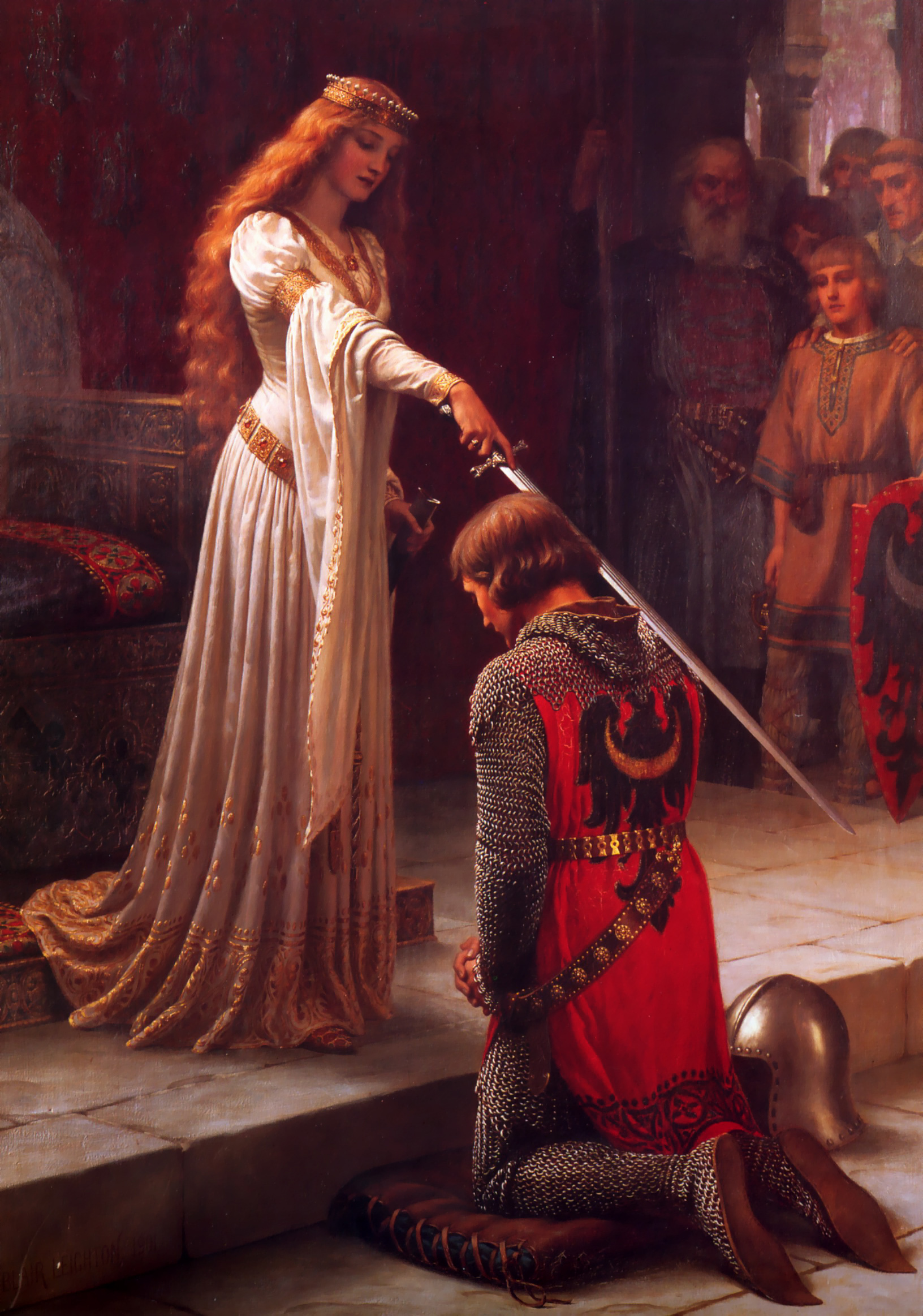This is the point during the conference at which I started to get very tired (I had a bad cold and laryngitis through all of the conference, and it really caught up with me here). And the papers in this particular panel were very brilliant and layered and complicated, and I just KNOW that I don't do them justice here. These summaries are short and disjointed, and I apologize for that. Please know that the papers were fabulous and interesting and much much better than what I have below.
Recurring Figures, Enduring Debates
Chair: Eric Selinger,
The presence of rape in romance reflects the reality of life during the time the romance is written. Jayashree examines the use of rape in the 1970s and 1980s bodice rippers, then looks at how rape is used in JD Robb's In Death series. In the older novels, the heroes raped the heroine. Nowadays it's usually other people raping the heroine. Robb's novels show the heroine's rapist as her father, which separates rape and romance, reflecting a new social outlook about rape and romance. The rapist as the heroine's one true love shows the cultural idea that women were afraid to report rape for fear of the loss of their reputations. Romance fiction has understandably been a lightening rod for issues of rape and romance, however, novels like the In Death series forces reconsideration of romance's use of rape. Modern romances document the end of the conspiracy of silence around rape. Early romances did not challenge rape, but they reflected the reality of the time. They did not provide a moment of revolution but did still provide a moment of critique. Now, in Robb's books, the father/patriarch is being accused and symbolically punished for the abuse of the heroine. The genre is a "scribe" of the victimization of women to violence by men and provide an indictment of the legal system that holds everything else higher than protecting women. In one In Death novel, Roarke is coerced as well in the one instance that he has sex with a reluctant Eve. Sharon Stockton's argument show that men are acting in a pre-existing script at the will of patriarchy, as well as heroines, that they are victims in the act of raping as women are in being raped. Romances rewrite the patriarchal script to make us uncomfortable with it.
Hsu-Ming is (I think) primarily an historian. She also talks very quickly, with very full PowerPoint slides, so I got lost in a lot of the detail when trying to take notes on her talk. It was brilliant, I hasten to add, and informed us all about a fascinating sub-genre, but I missed a lot of it, as my paltry notes below reveal. I apologize!
The romance can be defined as a story about journeys, with each protagonist on a quest. Why is a marriage a happy ending? Is it merely a convenient trope? Binaries always lead to hierarchies and the HEA subverts hierarchies, by giving equal weight to the journeys of both protagonists. Protagonists are separate subjects. The heroine's cleverness puts her at odds with the world. Beneath the outward opposition between the hero and heroine lies a sense of commonality. In Georgette Heyer's Devil's Cub, both Vidal and Mary are proud—Vidal can flout authority, Mary always runs away to avoid obligations to other people. Mary shooting Vidal is the cataclysmic violence of the story, where Vidal finally sees Mary as she really is. Angela also analyzed The Devil's Waltz by Anne Stuart. Romance is to literature what counterpoint is to music and marriage is contrapuntal paradox.
Joanna provided a history of Christian romances, including definitions of Christian romance as novels in which violence and sin are not used to titillate. Inspirational romances are heavily regulated by publishers, writers, bookstores, and readers, but are also a rapidly expanding genre, which began with Janette Oke's Love Comes Softly (1979). Lynn S. Neal's Romancing God focuses on women readers, rather than on the texts themselves. Lee Tobin McClain argues that romances are significant in the ways that they are conservative, but also in the way that they are not. Inspirational romance provides a gentle Christian feminism. Rivers' Redeeming Love is a watershed romance because it departs significantly from the traditional Inspirational. Hosea is the passive character who stays home, takes care of the heroine, cooks, looks after the house and garden. The heroine runs away, the hero stays home. There is a very strict idea of what IR is, but this definition is growing and expanding to include new romances and authors as appropriate. Inspirational Romance novels are changing because they're fully engaging in evangelical culture and that is changing, too, caused by changes in the family unit, an increase of evangelical women in the workplace, and generational changes.




